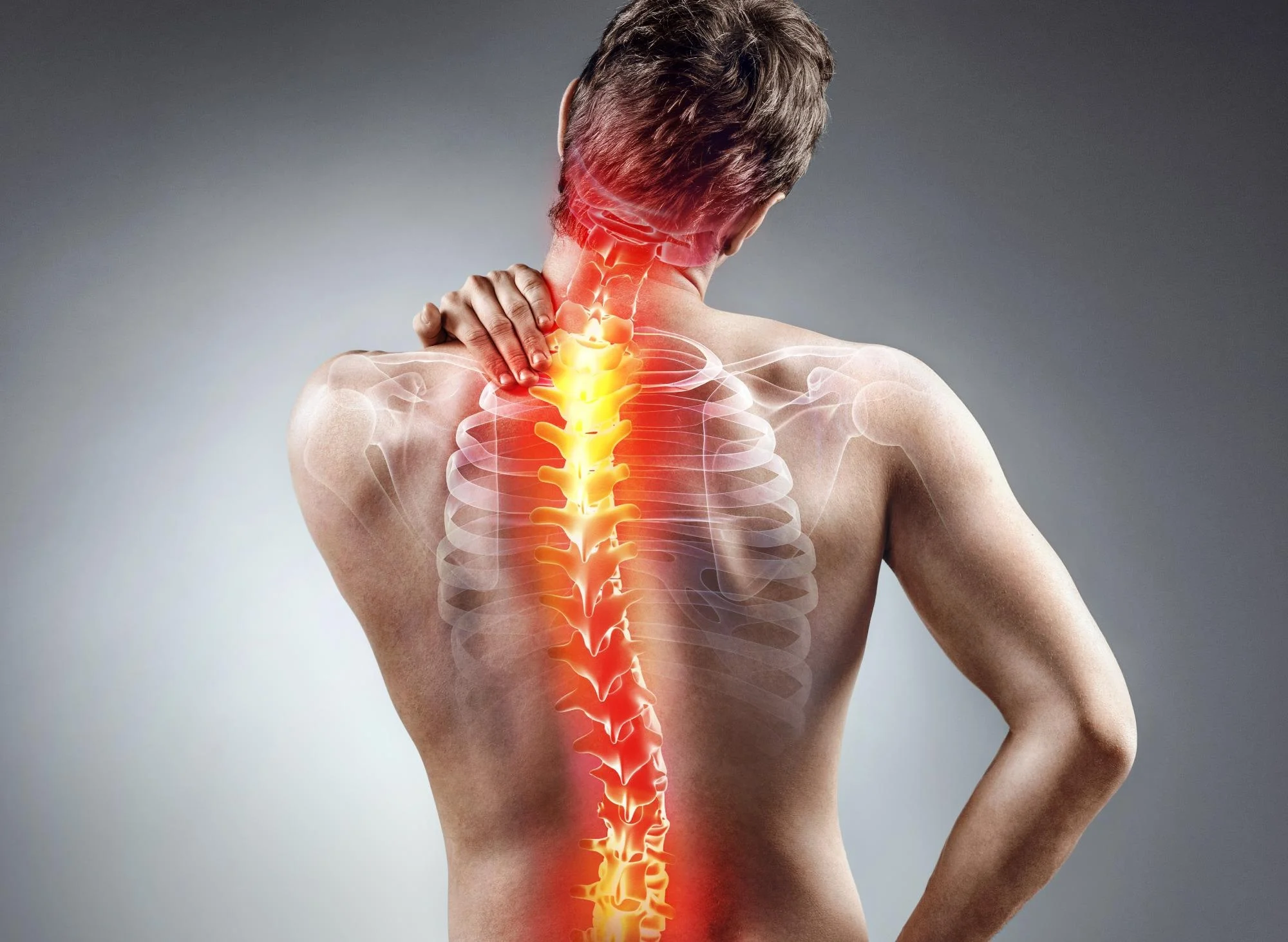Why and How Do We Feel Pain?
Pain is an unpleasant sensation that everyone has experienced at some point in their lives. Whether it is a headache, a toothache, a sprained ankle, or a broken bone, pain is a common experience that can range from mild discomfort to excruciating agony. In this article, we will explore the reasons behind why and how we feel pain, including the various types of pain, the physiology of pain, and how pain is treated.
Why do we feel pain?
Pain is a natural response to an injury or illness. Its primary function is to protect the body from further harm by alerting the brain to potential danger. When the body is injured, specialized nerve cells called nociceptors are activated. These nociceptors are located throughout the body and are responsible for detecting tissue damage and sending pain signals to the brain.
Pain can also be a symptom of an underlying medical condition, such as arthritis, cancer, or fibromyalgia. In these cases, pain serves as an indicator of a problem that needs to be addressed.
How do we feel pain?
The physiology of pain is a complex process that involves a network of nerves, hormones, and chemicals. When the body is injured, nociceptors are activated, and a cascade of events is triggered. The first step is the release of chemicals called prostaglandins, which increase the sensitivity of the nociceptors to pain signals.
The pain signals then travel to the spinal cord, where they are transmitted to the brainstem and thalamus. The thalamus is responsible for processing sensory information and sending it to the appropriate areas of the brain for further analysis. In the case of pain, the information is sent to the somatosensory cortex, which is responsible for interpreting tactile sensations.
Pain can also trigger the release of endorphins, which are natural painkillers produced by the body. Endorphins bind to the same receptors in the brain as opioid medications, which can reduce the intensity of pain.
Types of pain
Pain can be classified into two broad categories: acute and chronic pain. Acute pain is a short-term response to an injury or illness and typically lasts for less than six months. Examples of acute pain include a burn, a cut, or a broken bone.
Chronic pain, on the other hand, lasts for more than six months and can be caused by a variety of medical conditions, such as arthritis, cancer, or nerve damage. Chronic pain can be difficult to treat and can have a significant impact on a person's quality of life.
Another way to classify pain is by its origin. Nociceptive pain is caused by damage to the tissues of the body, such as a cut, burn, or sprain. Neuropathic pain, on the other hand, is caused by damage to the nerves themselves, such as in cases of diabetic neuropathy or multiple sclerosis.
Pain management
Pain management is an essential component of medical care, as untreated pain can lead to a variety of negative health outcomes, such as depression, anxiety, and sleep disturbances. Pain management can involve a variety of approaches, including medication, physical therapy, and alternative therapies such as acupuncture or massage.
Medications used to manage pain can be divided into two categories: non-opioid and opioid medications. Non-opioid medications, such as acetaminophen and nonsteroidal anti-inflammatory drugs (NSAIDs), are commonly used for mild to moderate pain. Opioid medications, such as morphine and oxycodone, are more potent and are typically reserved for severe pain.
Physical therapy can also be used to manage pain, particularly for musculoskeletal pain, such as back pain or arthritis. Physical therapy can include exercises, stretches, and massage,





